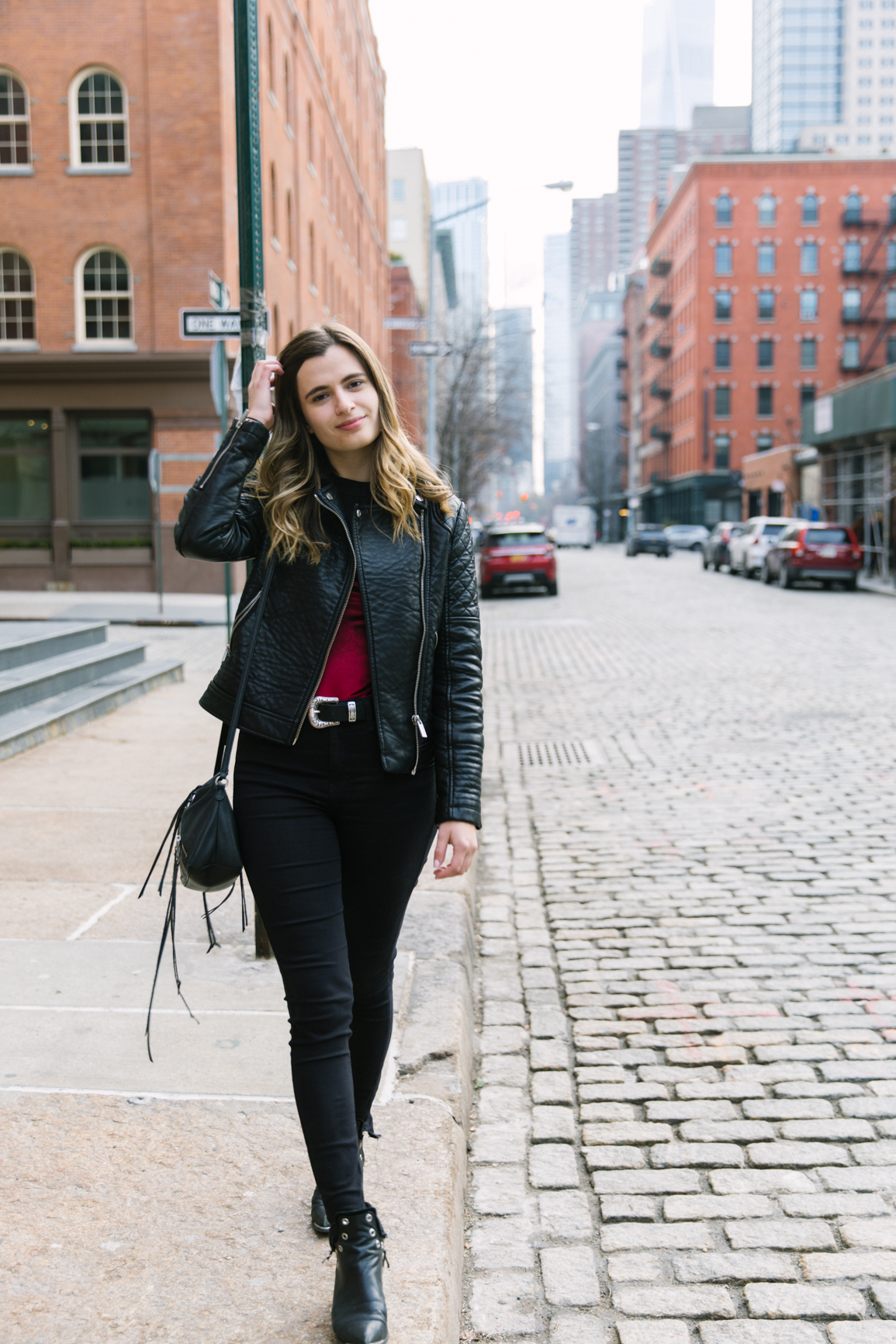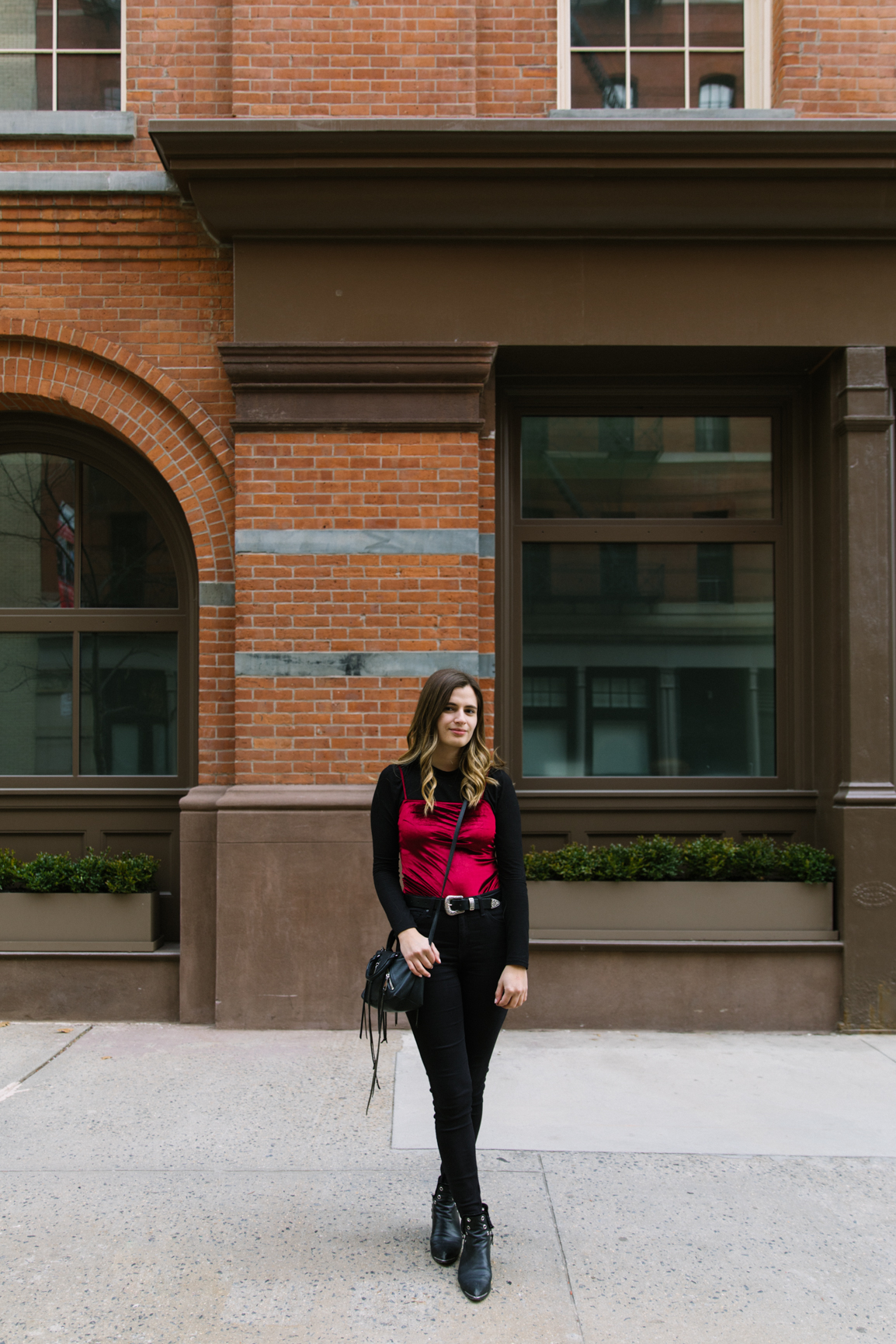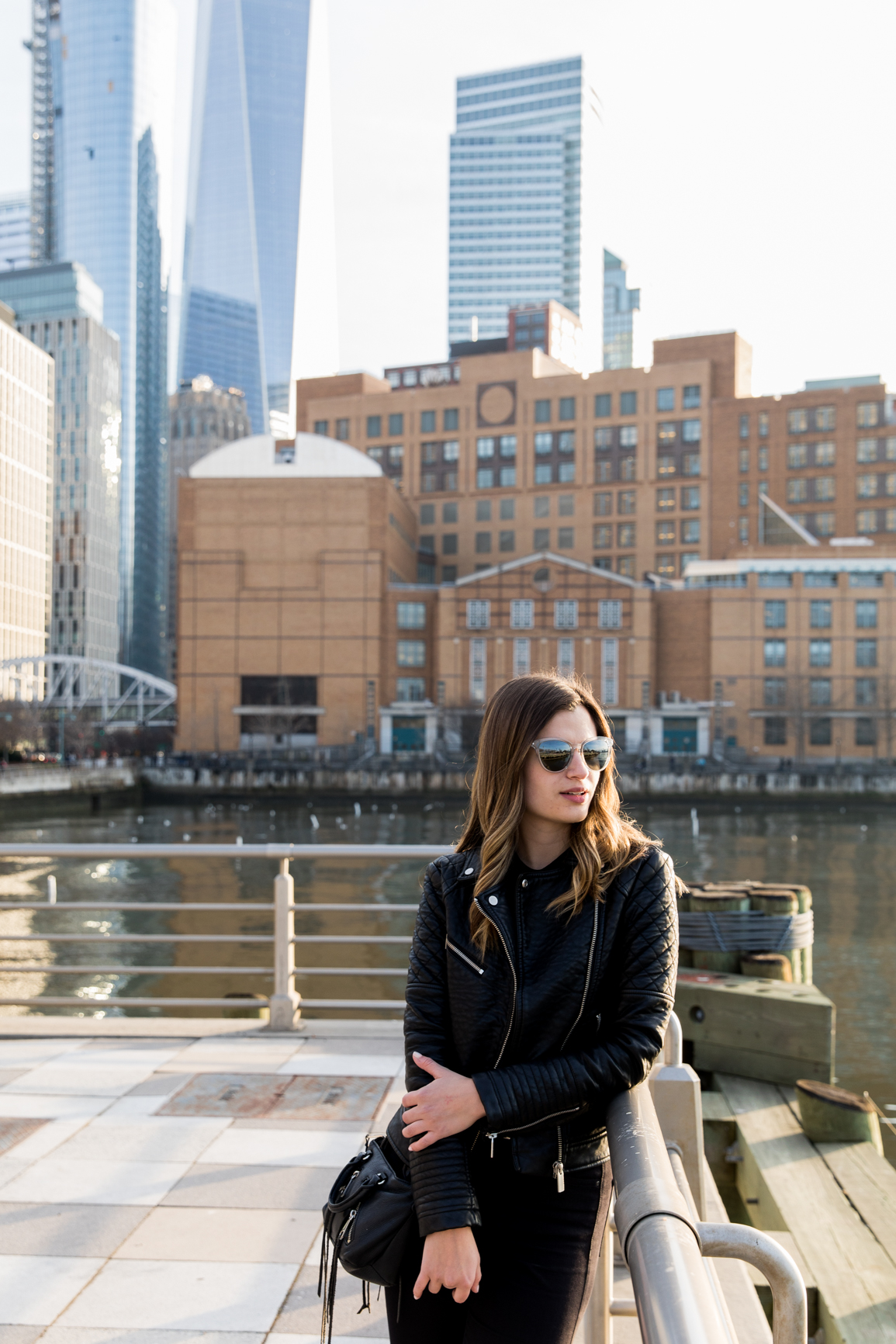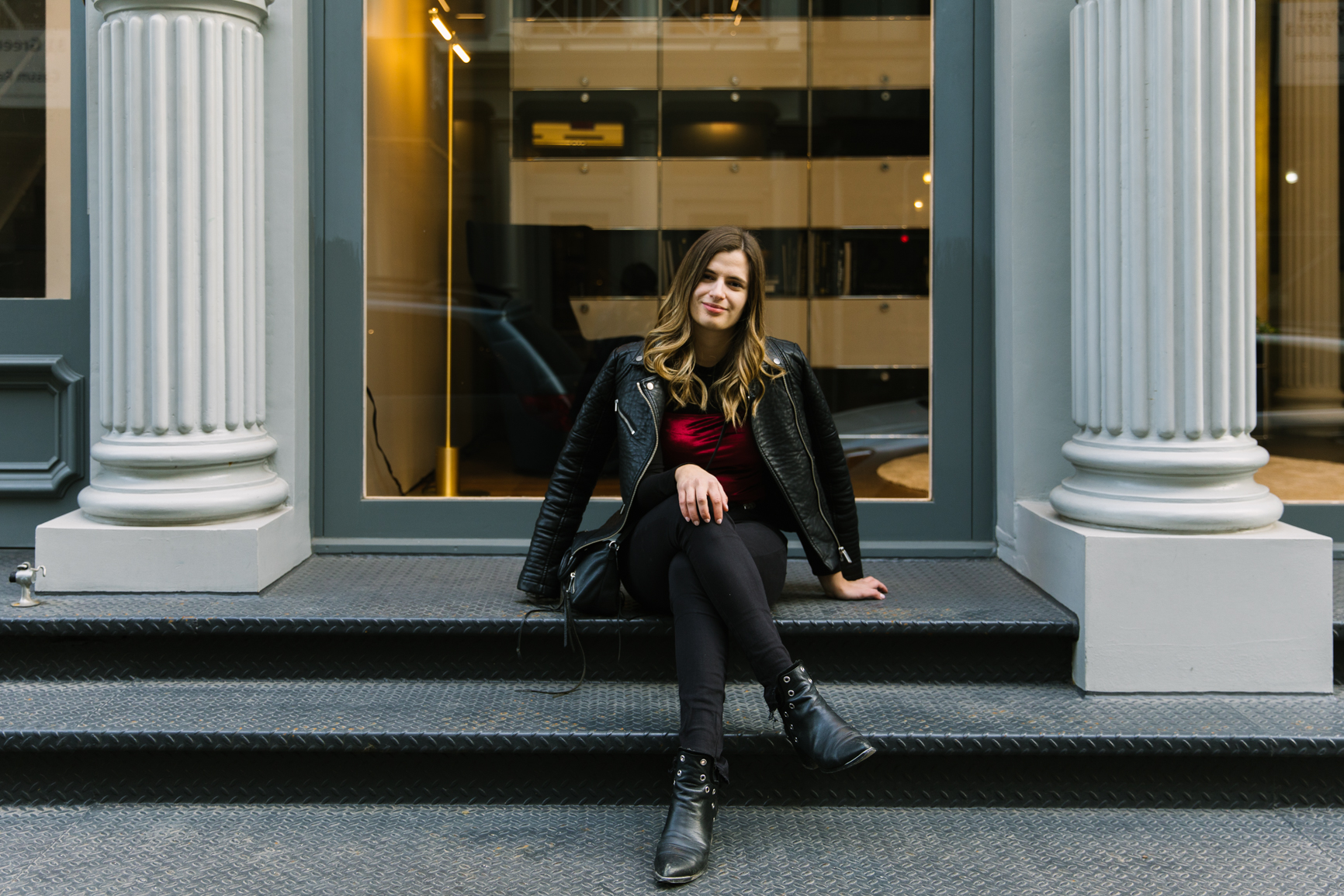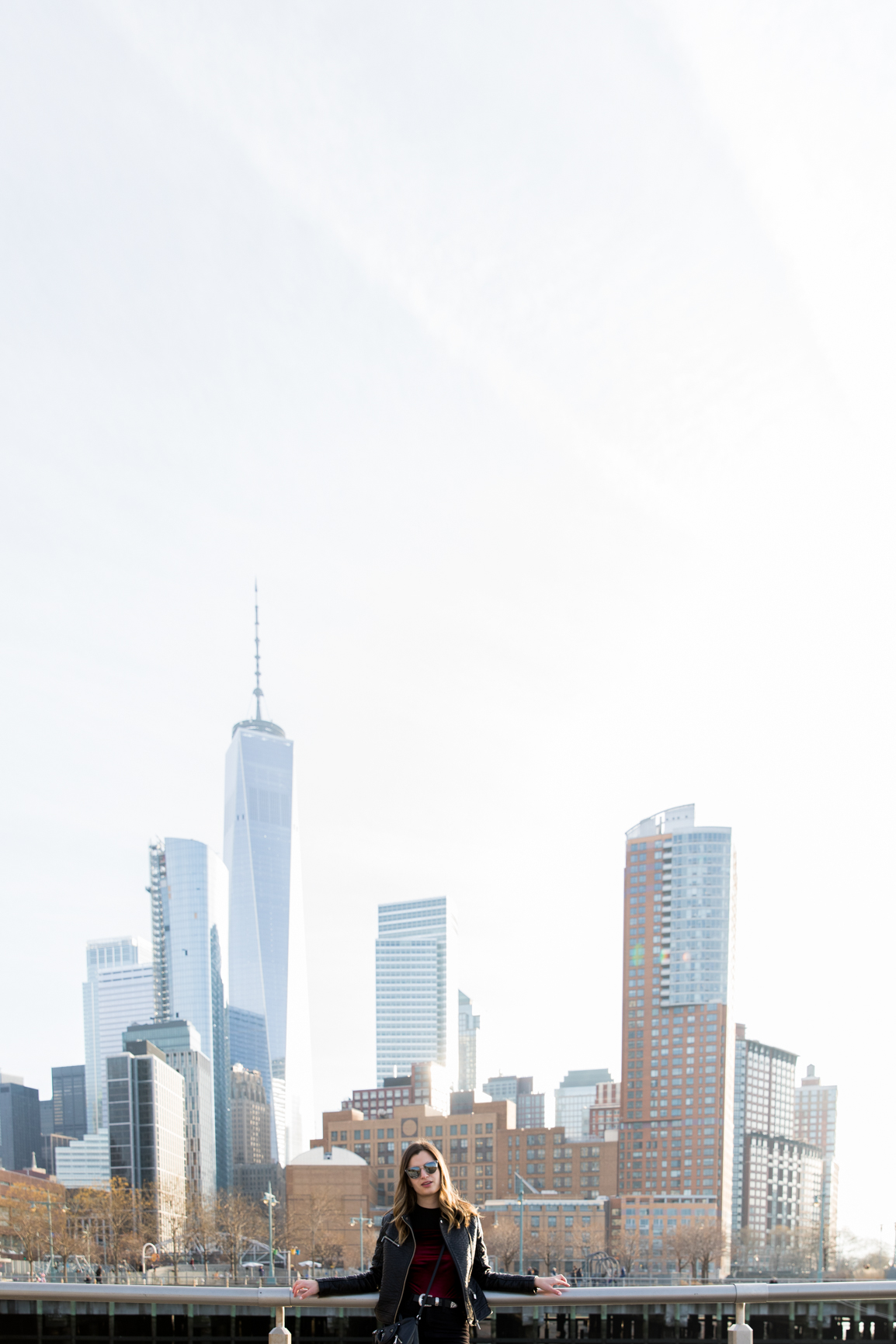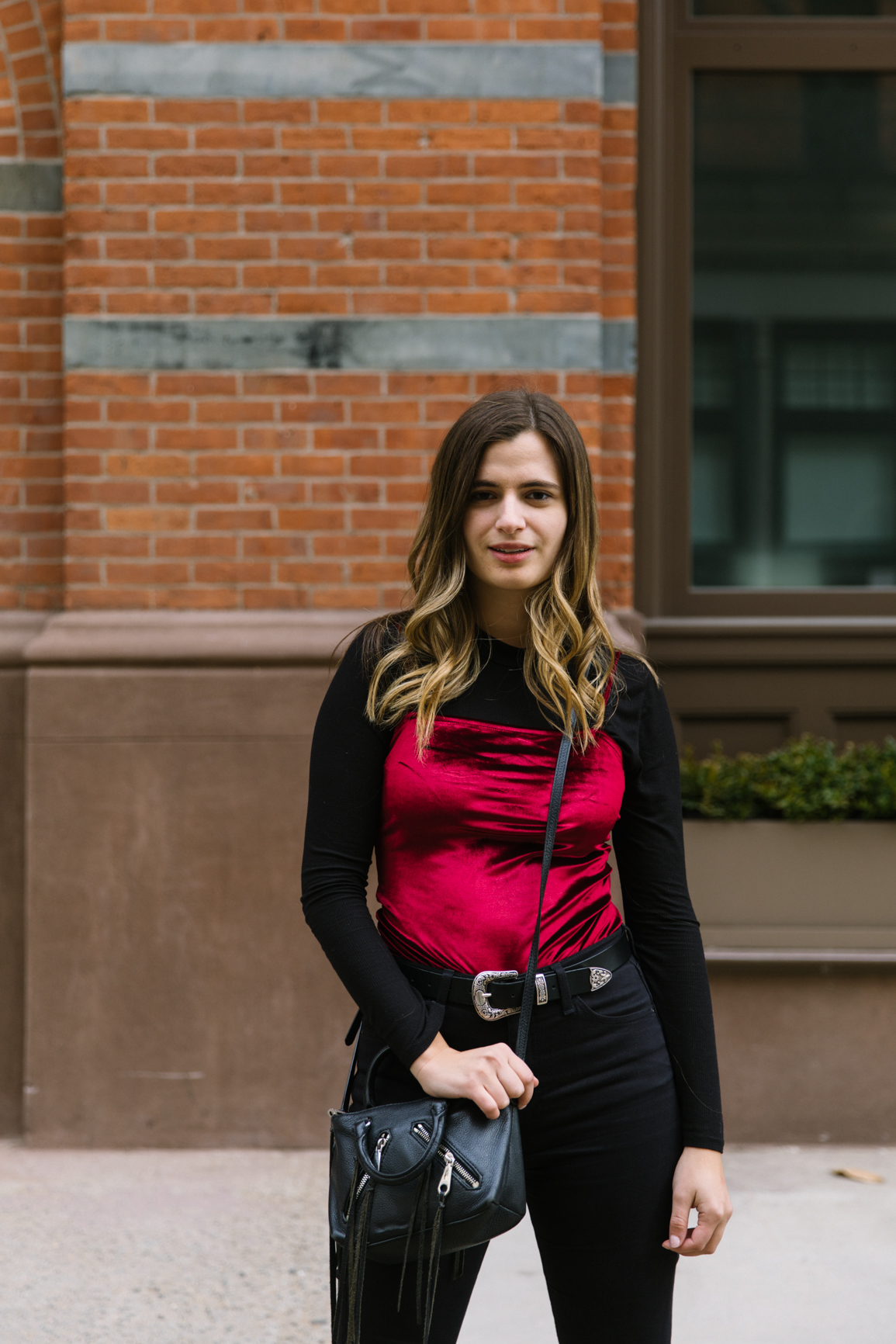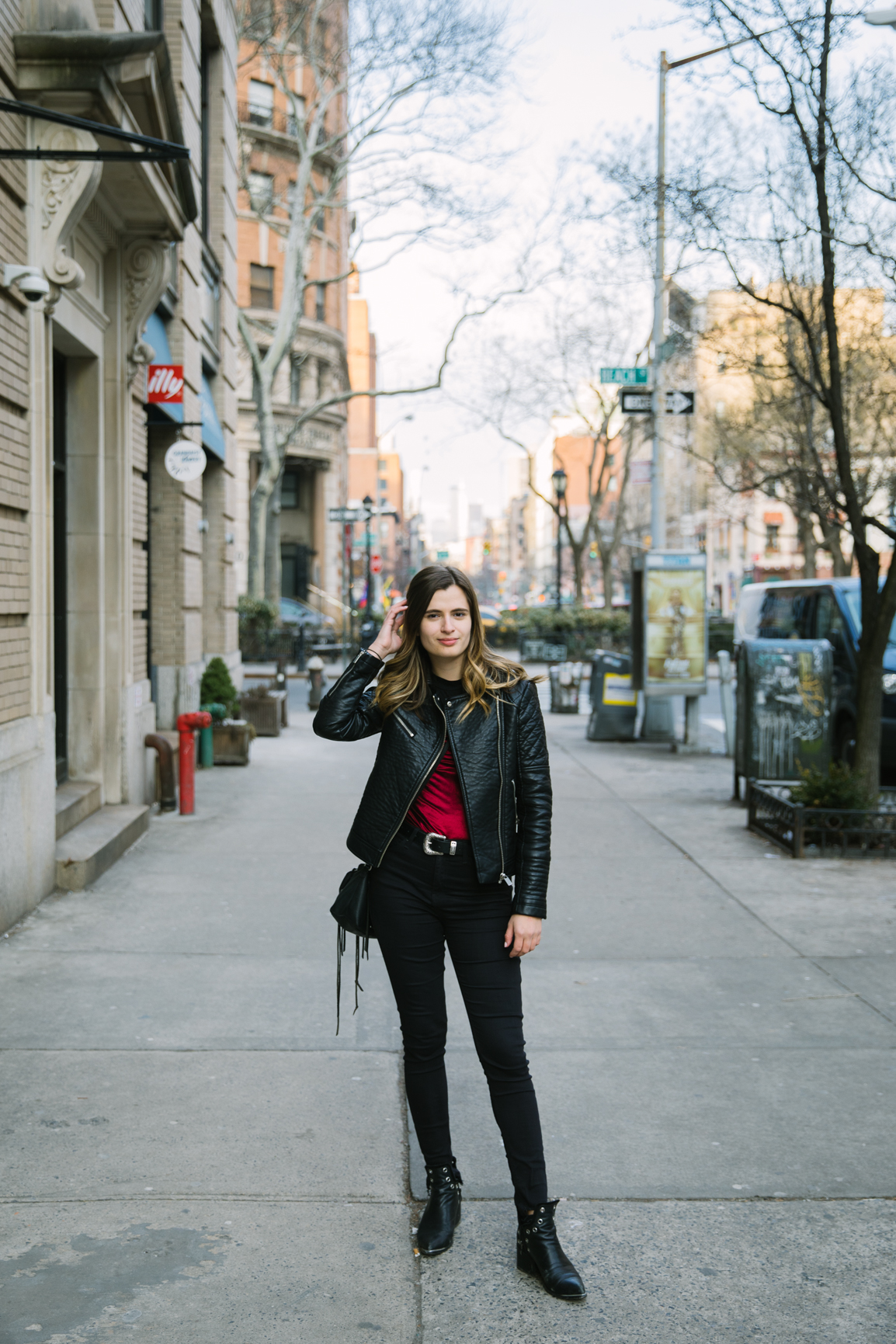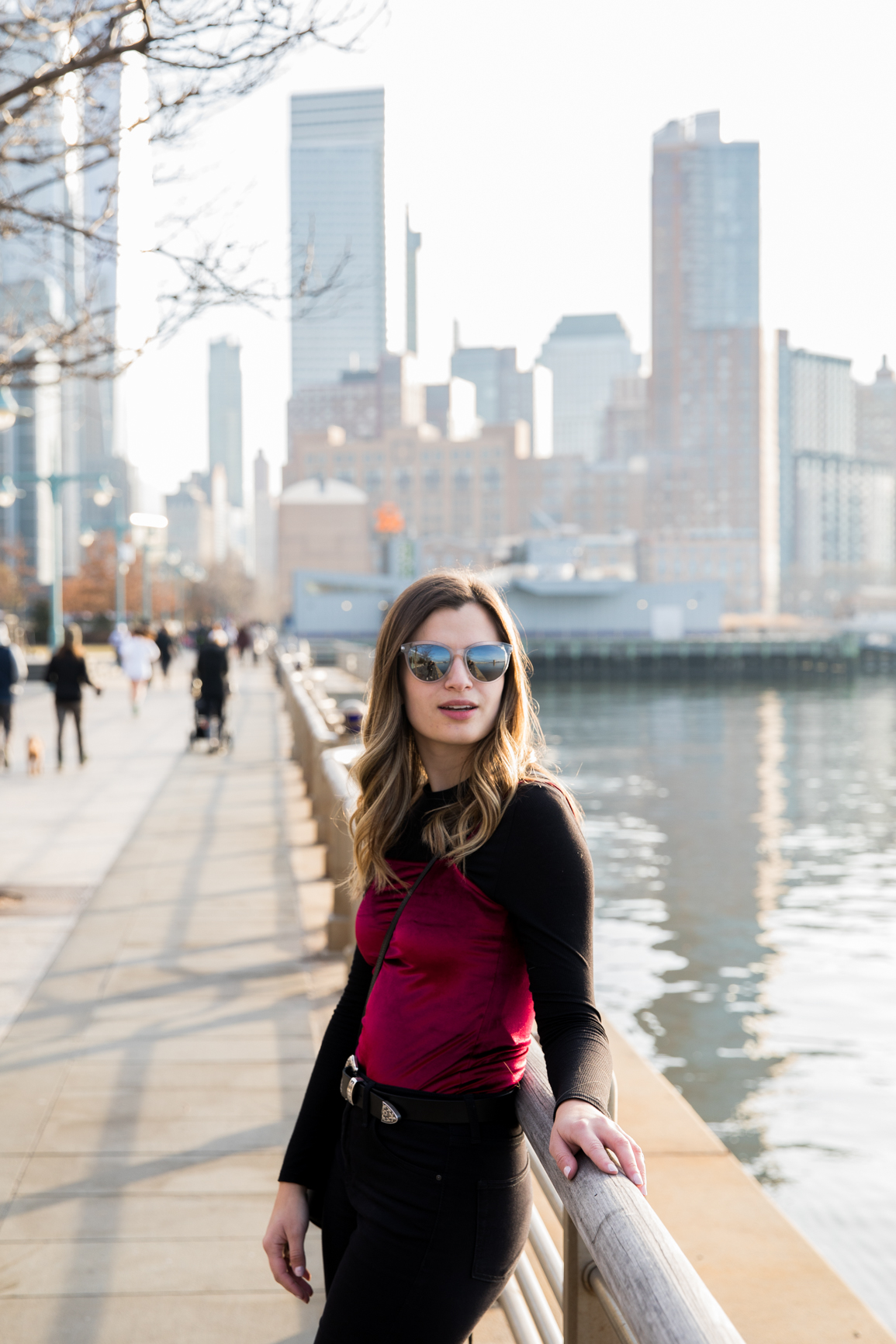New York Fashion Week is Broken: How Can We Fix It?
When I first fell in love with (and started interning at) magazines, fashion week was drastically different than the way it is today. New York Fashion Week was originally held in Bryant Park and was almost exclusively runway shows. When NYFW started to expand, it was moved twenty blocks uptown to Lincoln Center. But once the event outgrew Bryant Park, it occured to designers that they could essentially show their collections anywhere they wanted and any way they wanted.
After the move, a solid majority of the shows still occurred at Lincoln Center, but other designers opted to show downtown, typically in Chelsea or Soho, to work with different spaces rather than the ones prescribed by the layout of the tents at Lincoln Center. Those moves also democratized presentations in place of the traditional runway show. A presentation may be preferred over a runway show because it can last for about two to three hours so it allows lots of people to pop in whenever they have a spare moment and there’s no panic over seating assignments or if you’ll be able to see the clothes. Plus, in the age of Instagram, it’s much easier to snap a pic of a model standing still than it is to get a photo of one strutting down a runway.
While I may not love the idea of running from Spring Studios to Chelsea Piers and back down to Skylight Clarkson Square all day, fashion week has now found its groove in terms of neighborhood, vibe and space—and honestly, the blogger and influencer set would rather take their outfit photos strutting on the cobblestone streets of the Meatpacking District than in midtown anyway. The thing that really needs some work? Timing.
In the past few seasons some brands like Tommy Hilfiger and Burberry have introduced the see-now-buy-now model into their brands, where customers can shop styles from a collection immediately following a runway show. Other brands have attempted to adapt this model, but few have done so successfully because see-now-buy-now requires speeding up production schedules and producing a large quantity of pieces for purchase. See-now-buy-now is a great idea in theory, but many brands don’t have the resources to execute it in a way that would actually serve their customers.
Alexander Wang, who has essentially become synonymous with NYFW thanks to his innovative runway presentations and epic after parties, announced this year that he will leave fashion week after his show in February and will move his presentations to December and June. While I’ll miss following what’s become known as #WangFest in future fashion weeks, as usual Wang is ahead of the curve. The current model of fashion week is broken and showing fall collections in the spring just doesn’t make sense anymore. We haven't seen a move this bold since Helmut Lang rescheduled his show in 1998 and moved New York Fashion Week ahead of the European shows.
When magazines were produced monthly and prepared six months in advance (in my mind I think of this as the Magazine Golden Age) this model of fashion week worked. Now, magazine editors are covering trends and outfits months after the fact in print and digital editors are scrambling to compete with bloggers who have Instagrammed their way to coveted front row seats at shows (nothing wrong with that, by the way). As a result there is so much content to sift through, that followers of fashion from novice to expert inevitably feel overwhelmed.
So what’s the answer? A more realistic version of see-now-buy-now? Shifting the fashion month calendar to a quarterly seasonal schedule? Creating smaller, more frequent mini collection to keep up with the growing demands of e-commerce giants like ASOS? Adding an e-comm element? Something’s gotta change, and it will likely require a bit of trial and error to figure out the best way to get fashion week back on track.
Photography by James T. Bee | Follow James on Instagram
Shop this look:
What do you think?
yours,
Austen



